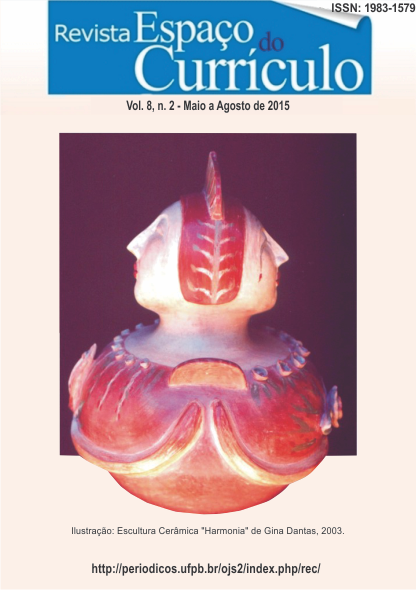LEARNING HETERONORMATIVITY IN TOY STORY
DOI:
https://doi.org/10.15687/rec.v8i2.25809Abstract
The purpose of this paper is to analyze the Toy Story trilogy focusing on discussions of the concept of heteronormativity. Methodologically, it adopts a post-critical perspective in order to analyze issues of body, gender and sexuality within the films, released in 1995, 1999 and 2010. The trilogy presents naturalization of male and female behaviors, according to accepted social standards, marking a pattern of gender behavior that spans from the separation of boys and girls’ toys up to the gender roles assigned to men and women. It is possible to perceive in the movies that behaviors that transgress heterosexual norms are pointed out and censored, thus denying different ways of constituting identities.Downloads
Metrics
Downloads
Published
How to Cite
Issue
Section
License
By submitting an article to Curriculum Space Journal (CSJ) and having it approved, the authors agree to assign, without remuneration, the following rights to Curriculum Space Journal: first publication rights and permission for CSJ to redistribute this article. article and its metadata to the indexing and reference services that its editors deem appropriate.
















